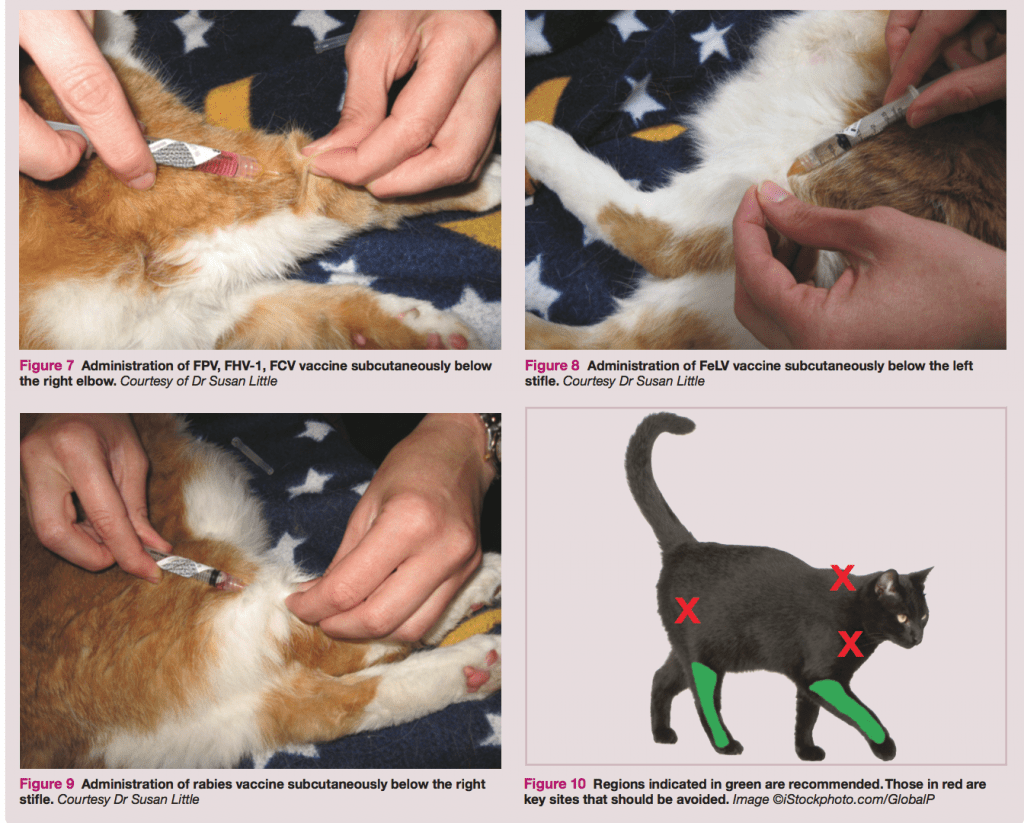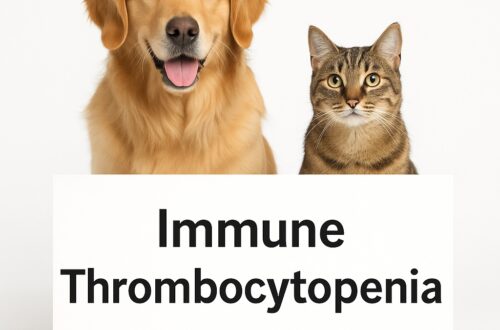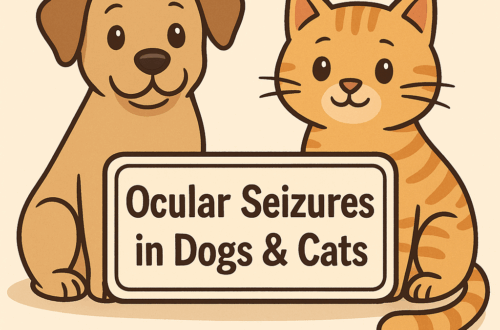In last week’s blog post I shared the latest recommendations for vaccines in dogs. It’s only fair to devote some time to expounding on the same topic for our furry friends. Vaccinations are a fundamental part of preventive healthcare, right? Right! So, this week I share information from the American Association of Feline Practitioners (AAFP) about vaccines recommended for cats. As for the dog vaccination post, this is not meant to develop into a vaccine debate. They are, after all, safe and cost effective for preventing many common infectious diseases. Those keen to know how to best protect their cats with vaccines will surely appreciate the information. Happy reading!
Vaccines – Core vs. Non-Core
Cat parents should know the difference between core vaccines and non-core ones. The former are vaccines recommended for all pets. They protect against diseases that infect cats of all life stages and lifestyles. The diseases have high rates of infection, pose a threat to a pet’s life, and may even be a danger to human health. Vaccination results in relatively robust protection from disease. Non-core vaccines are option ones. They should be considered given the exposure risk of a pet. These vaccines are generally less effective compared to core ones in terms of protecting against disease.
Vaccines – Important terms to know
Truly understanding vaccine recommendations for cats requires familiarity with some common terms used by veterinarians. These include:
- Modified live vaccine (MLV) – Also called attenuated vaccines, they contain bacteria or a virus that has been modified to lose its disease-causing ability or they are administered via a route that prevents them from causing clinical disease
- Killed vaccine – Also called inactivated, these vaccines a processed in a way that kills the bacteria or virus in them
- Adjuvant – a chemical protein that enhances the immune response to vaccine
- Recombinant – vaccine produced using only a specific piece of an infectious organism like a protein or a sugar to elicit a very strong immune response when administered
Vaccines – Which ones are core and which ones are non-core?
Based on the 2013 AAFP Feline Vaccination Advisory Panel Report, there are three vaccines that are considered core:
- Feline panleukopenia (FPV)
- Feline herpesvirus-1 (FHV-1)
- Feline calicivirus (FCV)
Conversely, non-core vaccines include:
- Rabies
- Feline leukemia virus (FeLV)
- Feline immunodeficiency virus (FIV)
- Chlamydophila felis
- Bordatella bronchiseptica
- Feline infectious peritonitis
Vaccines – Household vs. Shelter vs. Cattery
An alternative means of categorizing feline vaccines is based on where cats live. Do they live in a house? Are they currently housed in shelters? Do they reside in a cattery? Current vaccine recommendations are different for each group – see below for more information.
- Household Cats
- The AAFP currently recommends felines residing in homes – the so-called pet cats – receive the following vaccinations:
- FPV, FHV-1, & FCV – These core vaccines are started at 6 weeks of age and repeated every 3-4 weeks until 16-20 weeks of age. Revaccination should occur one year after the primary series, and subsequently every three years after that time. The Vaccine-Associated Feline Sarcoma Task Force (VAFSTF) recommends these core vaccines be given below the right elbow. They should not be given on midline or in the area between the shoulder blades. Modified live & inactivated formulations are available.
- FeLV – The FeLV vaccine may be given as early as 8 weeks of age and is repeated again in 3-4 weeks. The vaccine is then repeated one year later. After this time, frequency of revaccination depends on their risk of infection. Low-risk cats should be revaccinated every 2 years while high-risk felines should be revaccinated annually. The VAFSTF recommends the FeLV vaccine be given below the left stifle/knee. Killed/inactivated and recombinant products are available.
- Rabies – Although not considered a core vaccine by the AAFP, this vaccination is necessary where legally mandates or in endemic regions. Initially the vaccination is given at 12 weeks of age and then boostered one year later. After that time, the vaccine is given every 1 or 3 years depending on the type of vaccine used. The VAFSTF recommends the rabies vaccine be given below the right stifle/knee. Killed/inactivated and recombinant products are available.
- The AAFP currently recommends felines residing in homes – the so-called pet cats – receive the following vaccinations:

- Shelter
- The AAFP recommends cats housed in shelters receive the same vaccines as pet cats. They also recommend these felines receive the herpesvirus-1 vaccine. Shelter cats should receive this vaccine at intake into the shelter. Kittens may receive the vaccine as early as 4-6 weeks of age, and should be revaccinated every 2-3 weeks until 16-20 weeks of age. This vaccine is given intranasally, and onset of protection is as early as 4-6 days post-inoculation.
- Cattery
- Cats in catteries should receive core vaccines. Those living in environments considered high risk for infectious diseases should also receive the FHV-1 vaccine. Queens should be vaccinated before breeding whenever possible.
The take-away message about vaccines in cats….
Vaccinating our feline companions is an essential component of proper healthcare. Recommendations vary depending on a variety of factors, particularly where they are housed. Cat parents are strongly encouraged to speak with their primary care veterinarians to determine the appropriate vaccine strategy for their pets.
Those interested in reading the complete AAFP Feline Vaccination Advisory Panel report may find it here.
Wishing you wet-nosed kisses,
CriticalCareDVM





